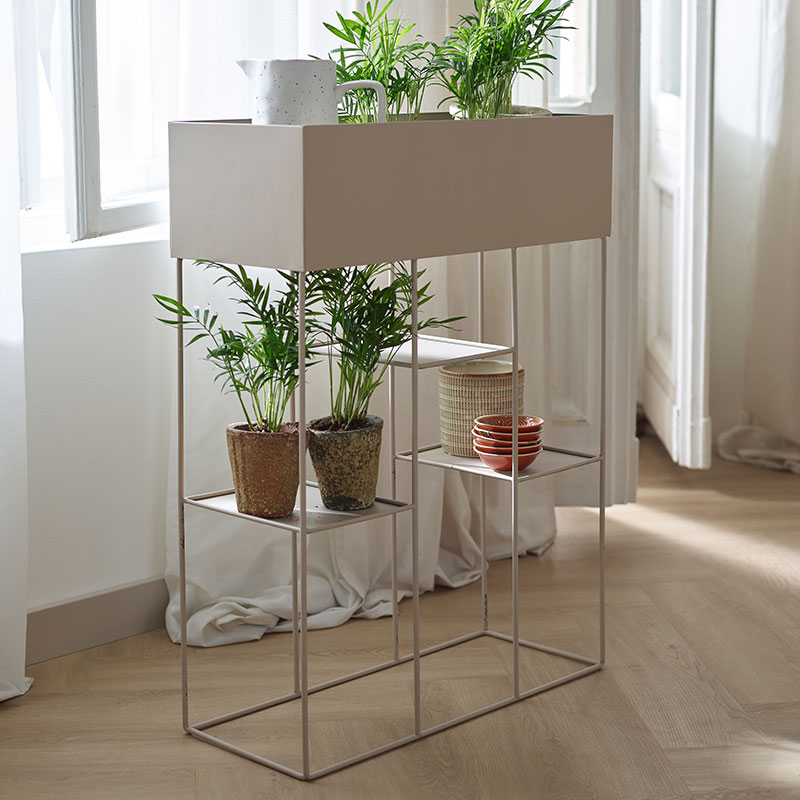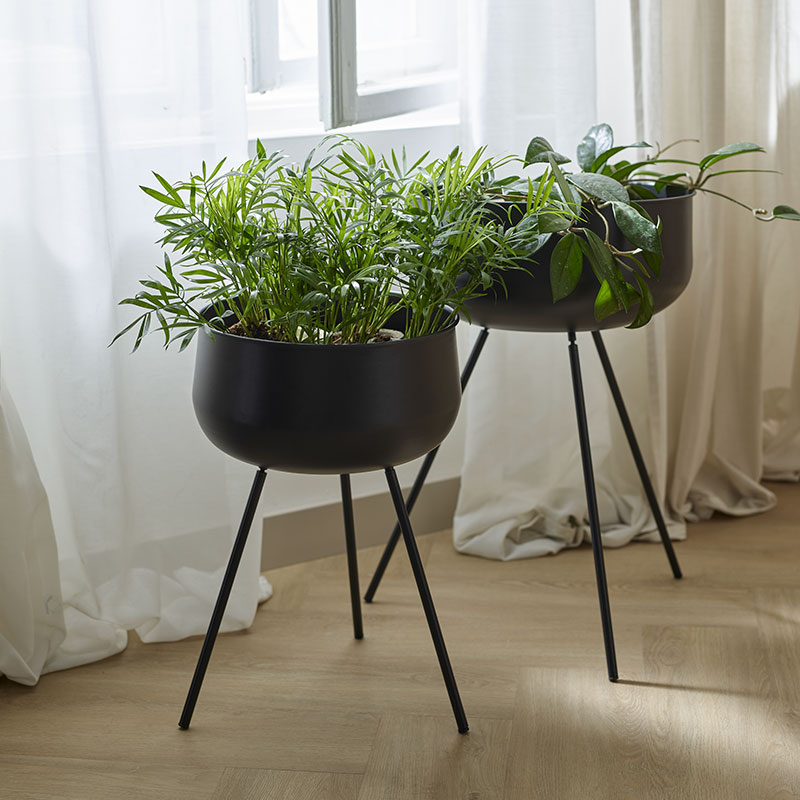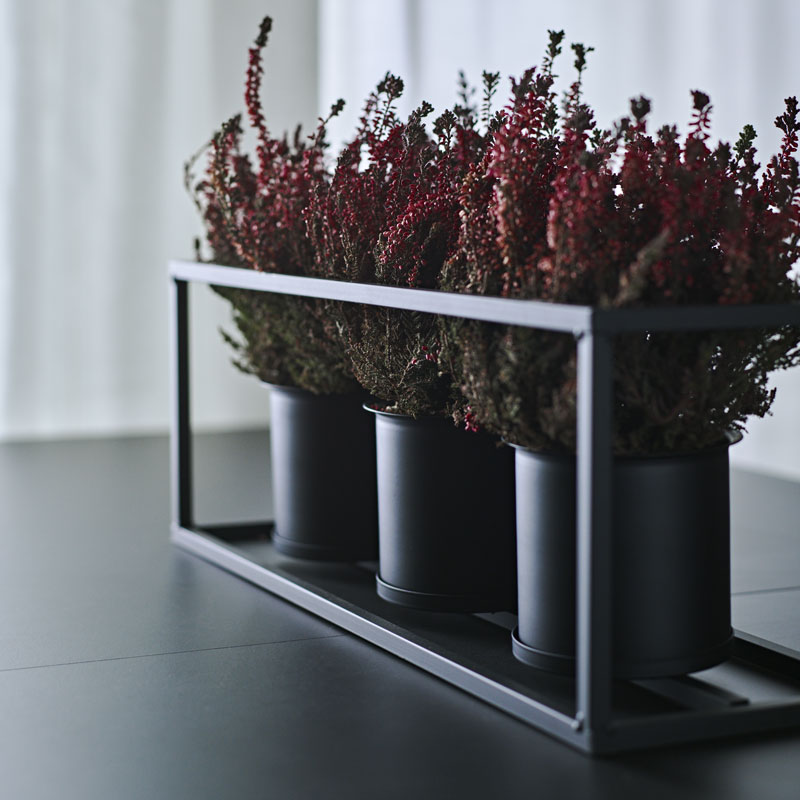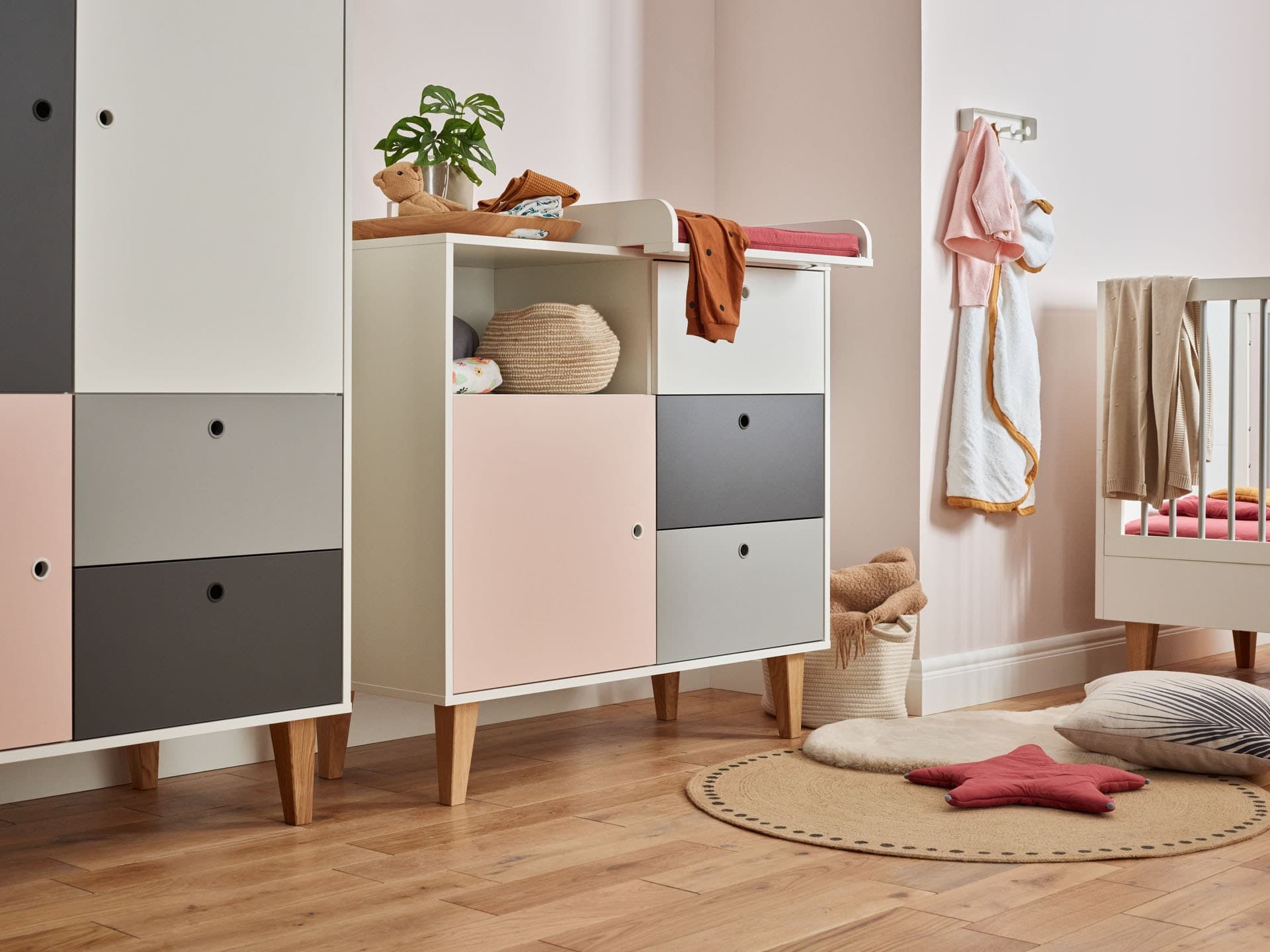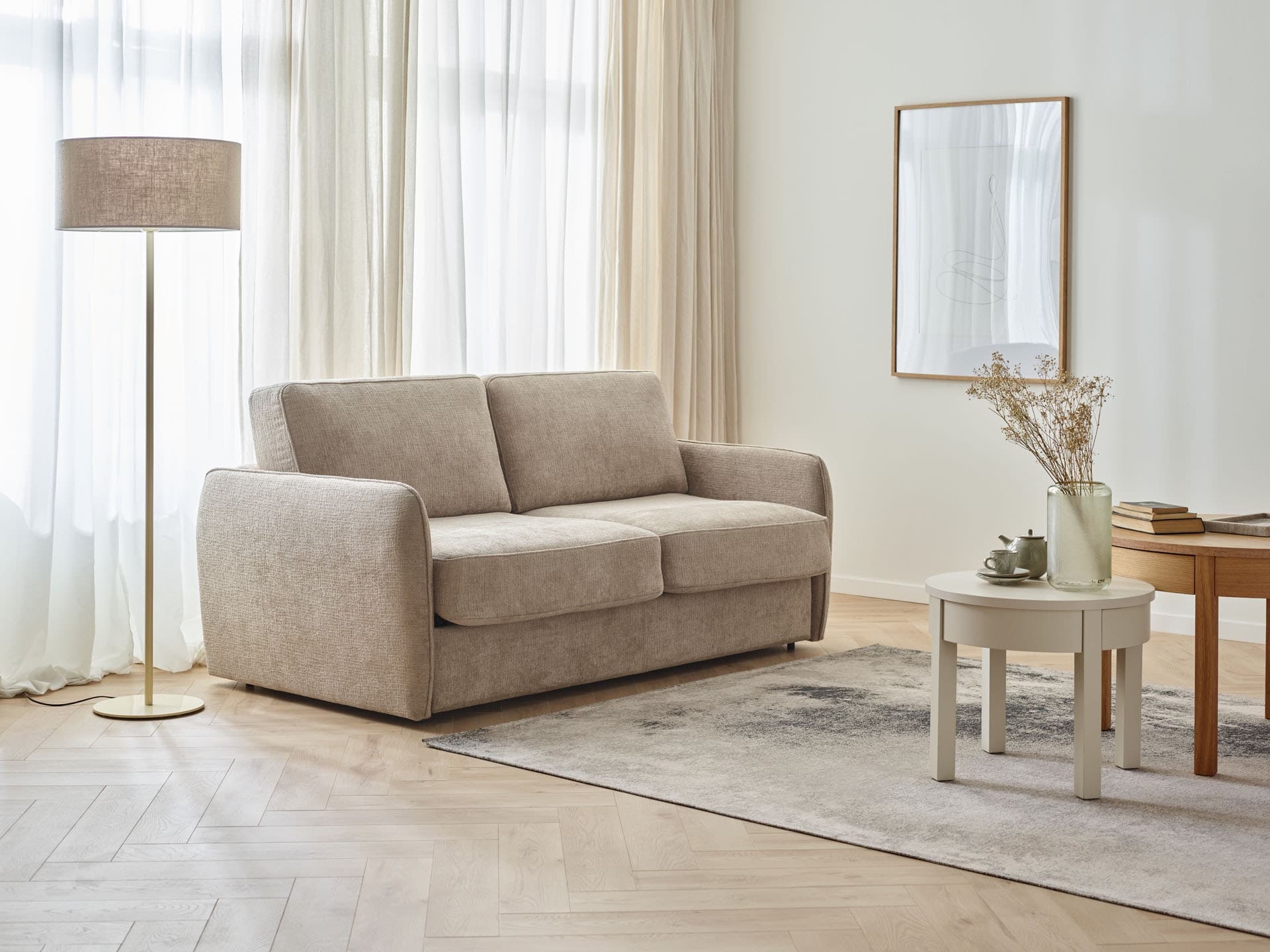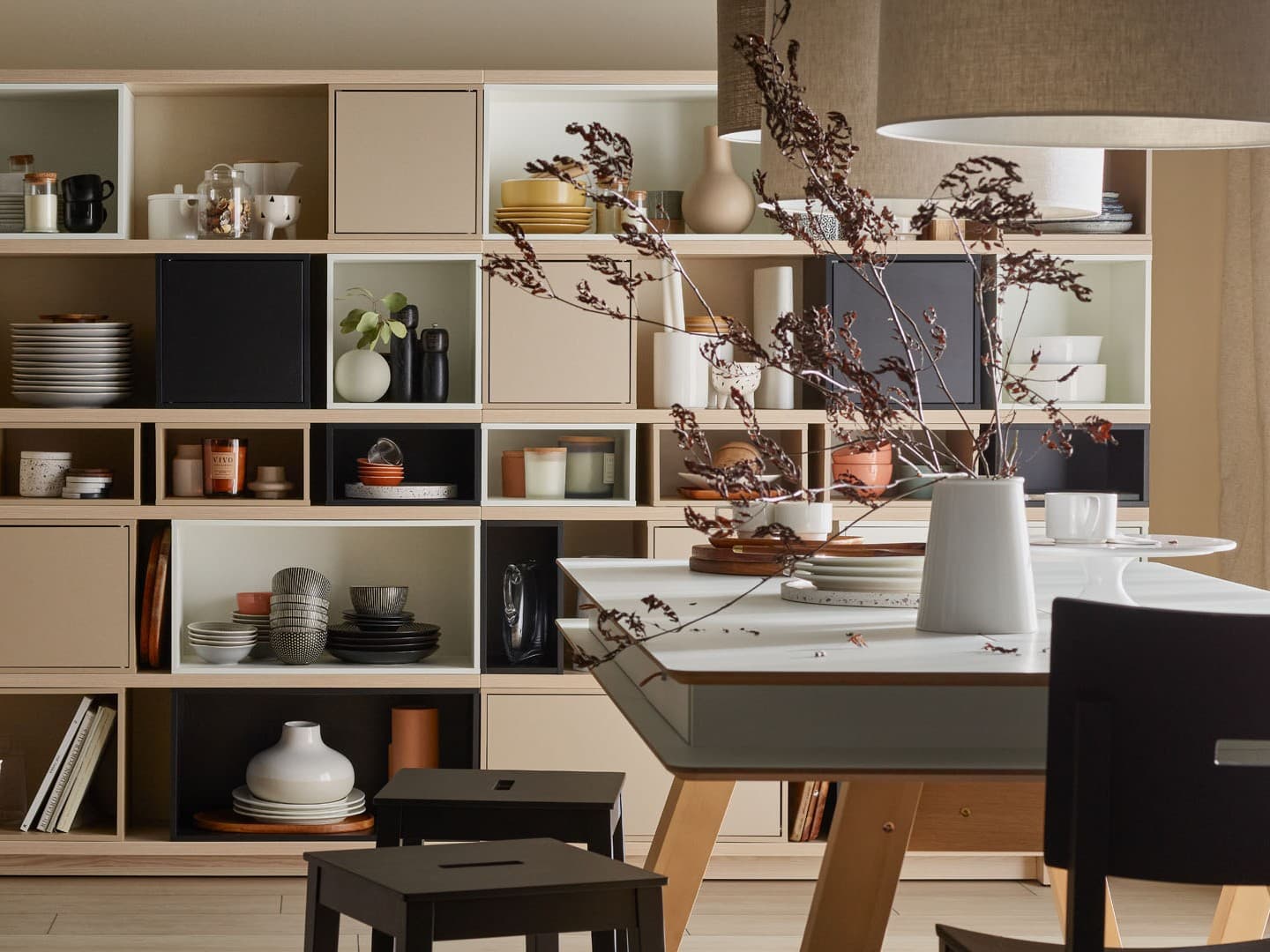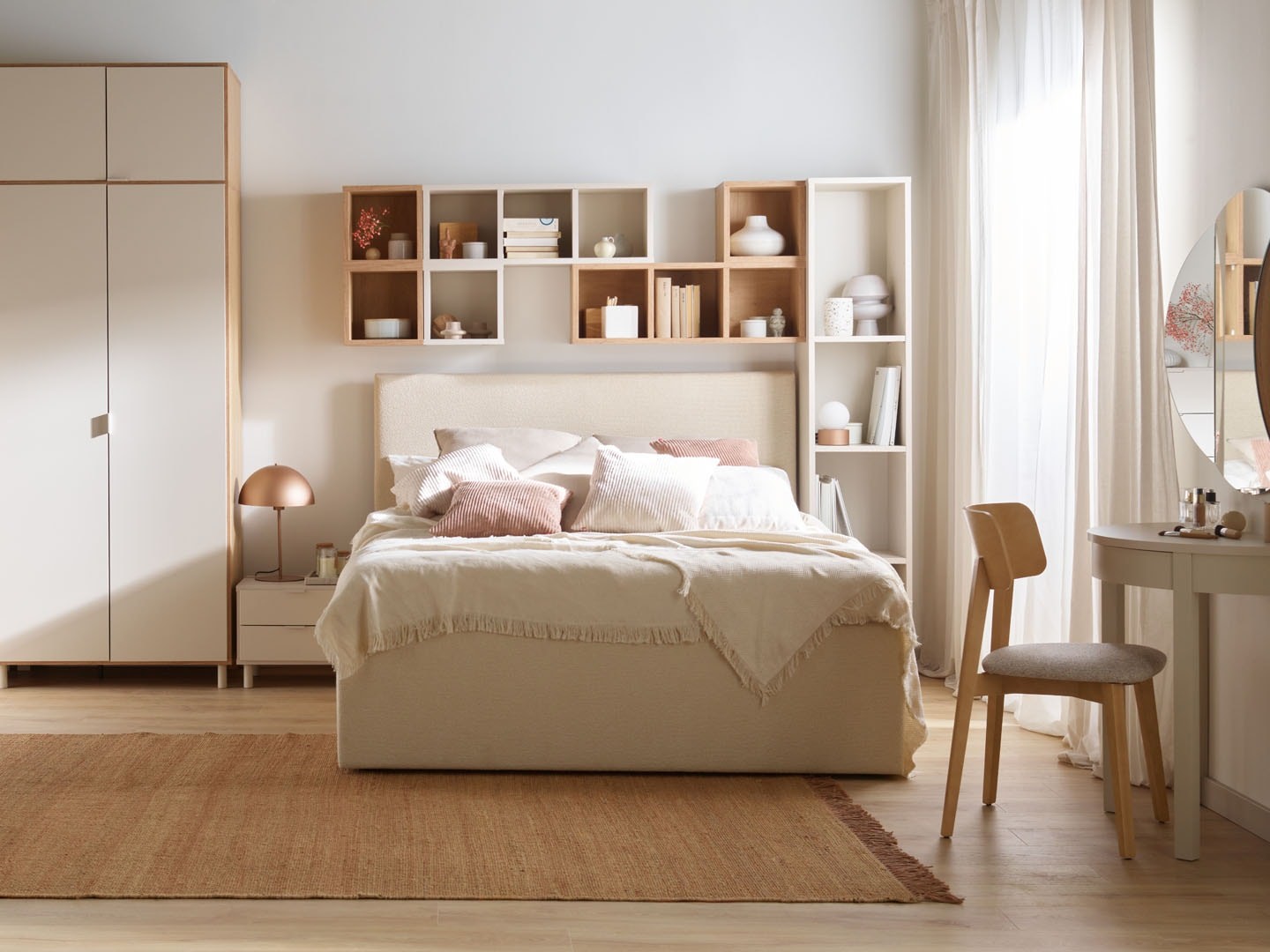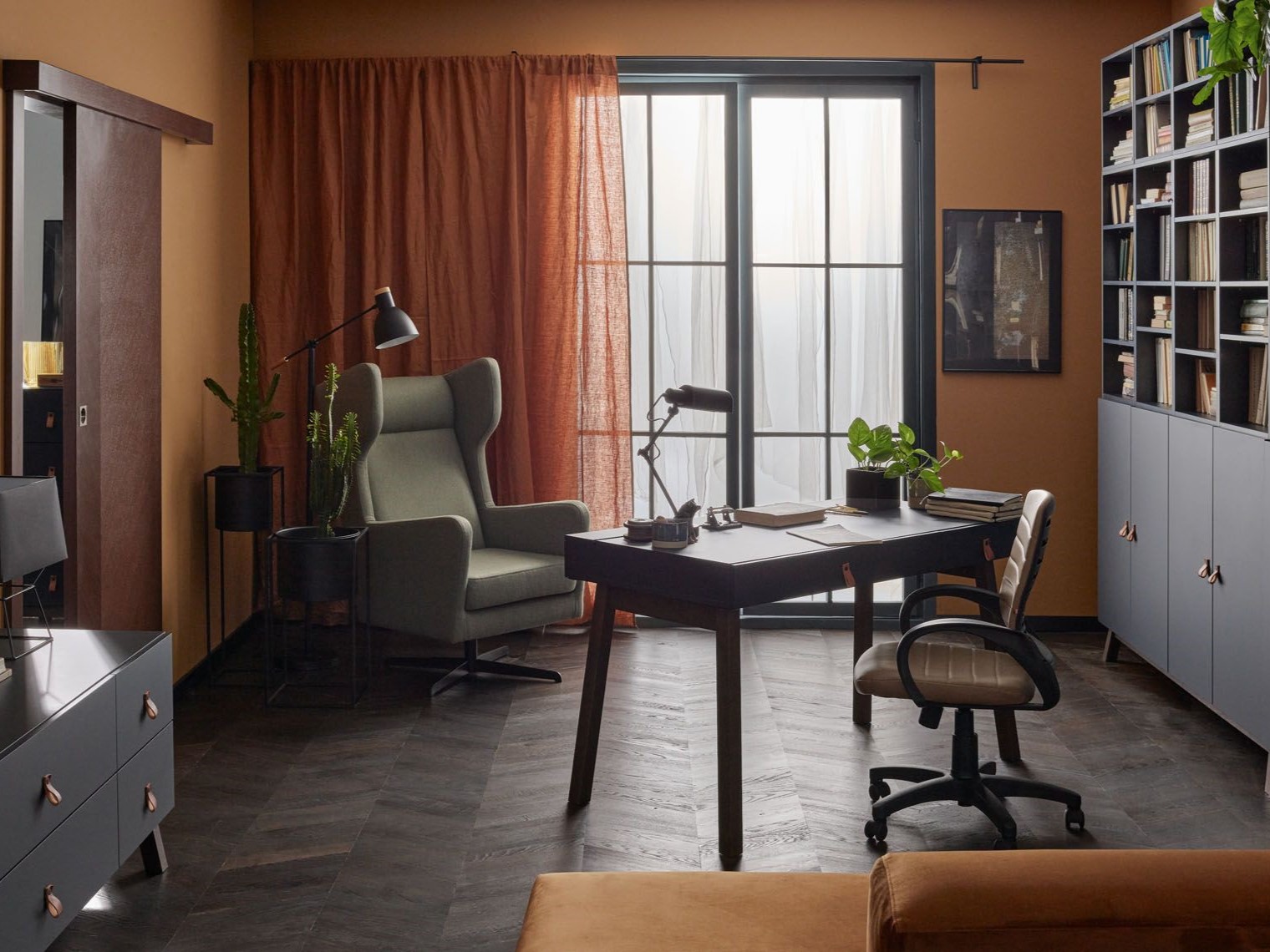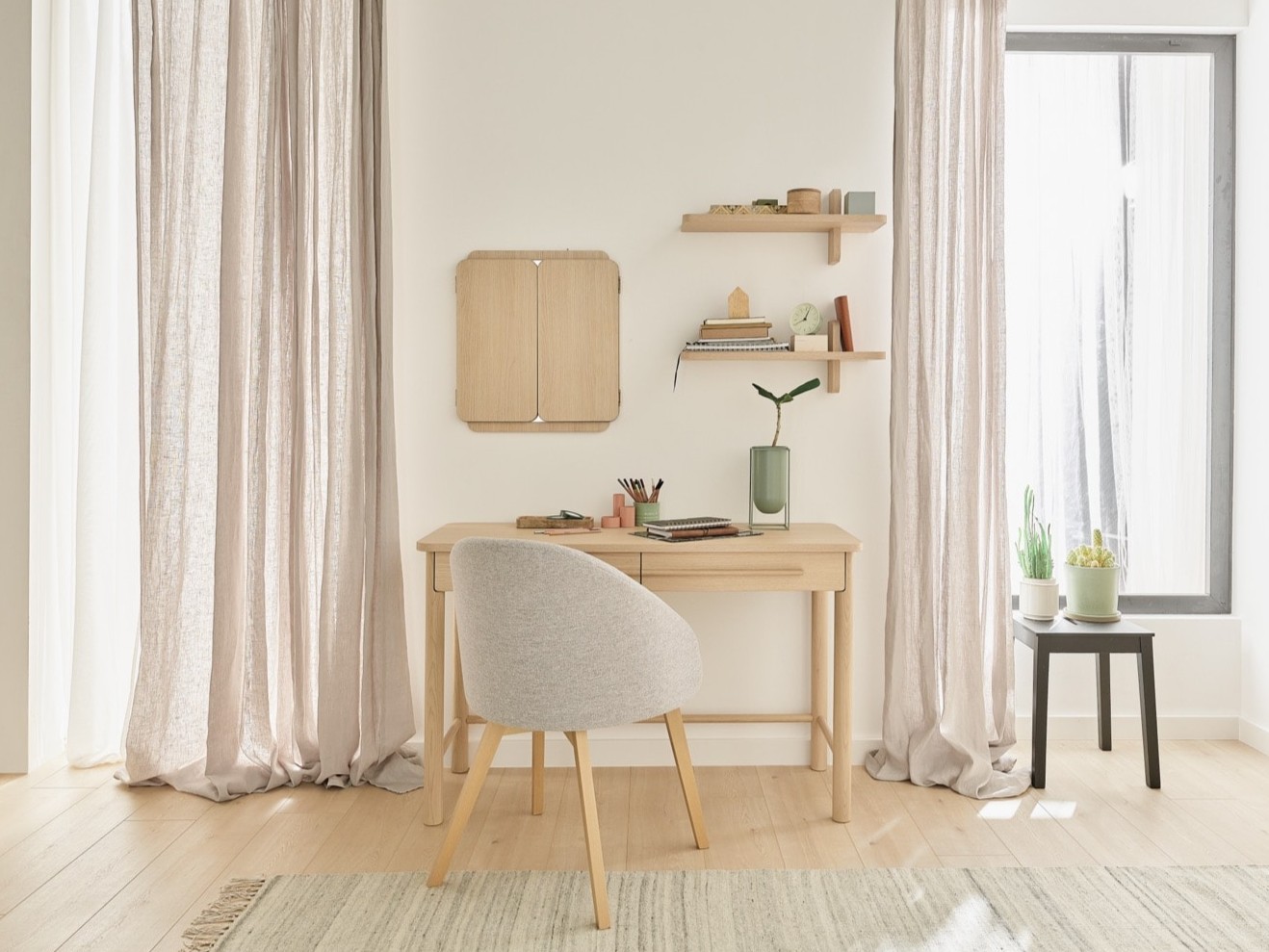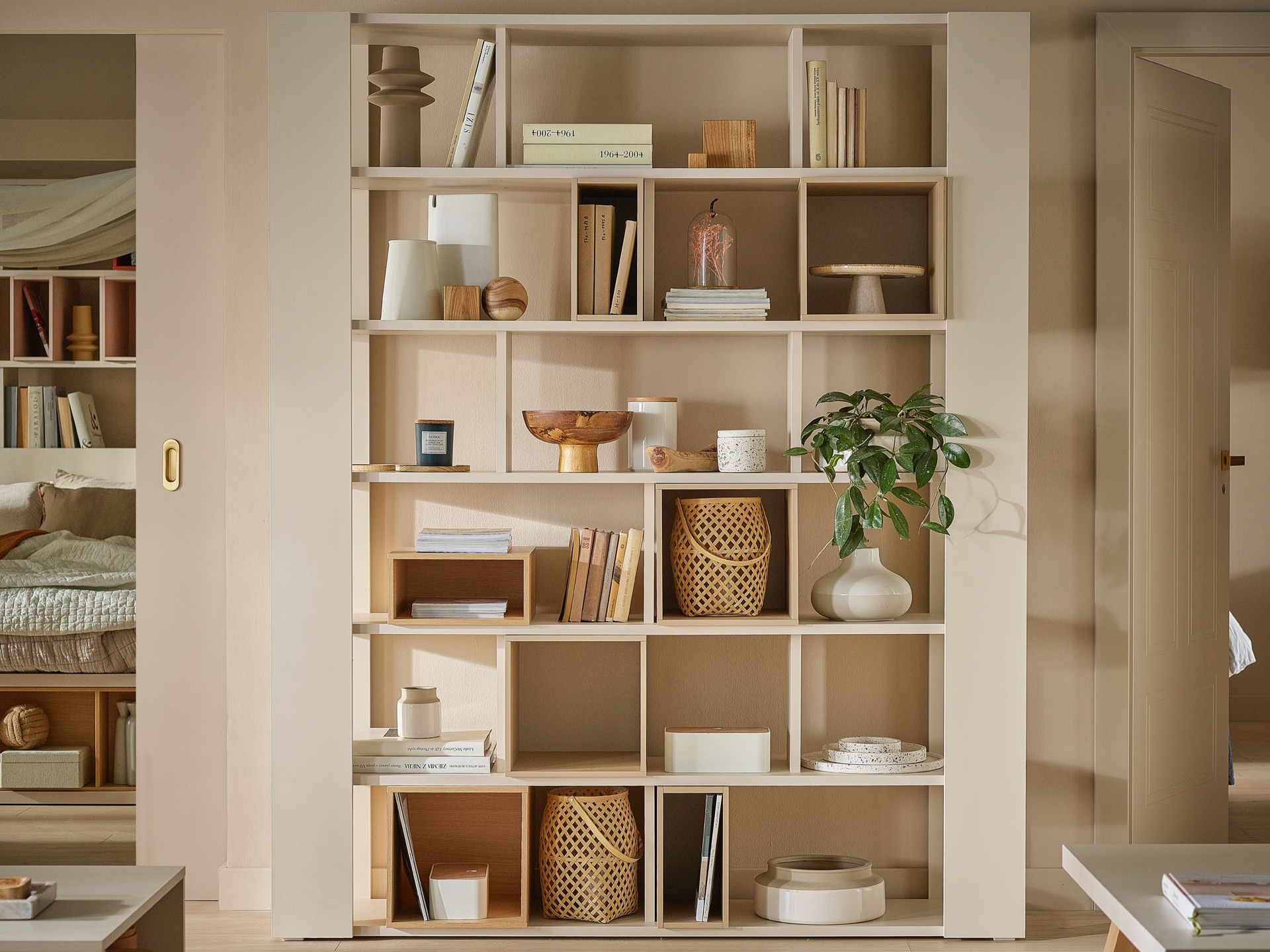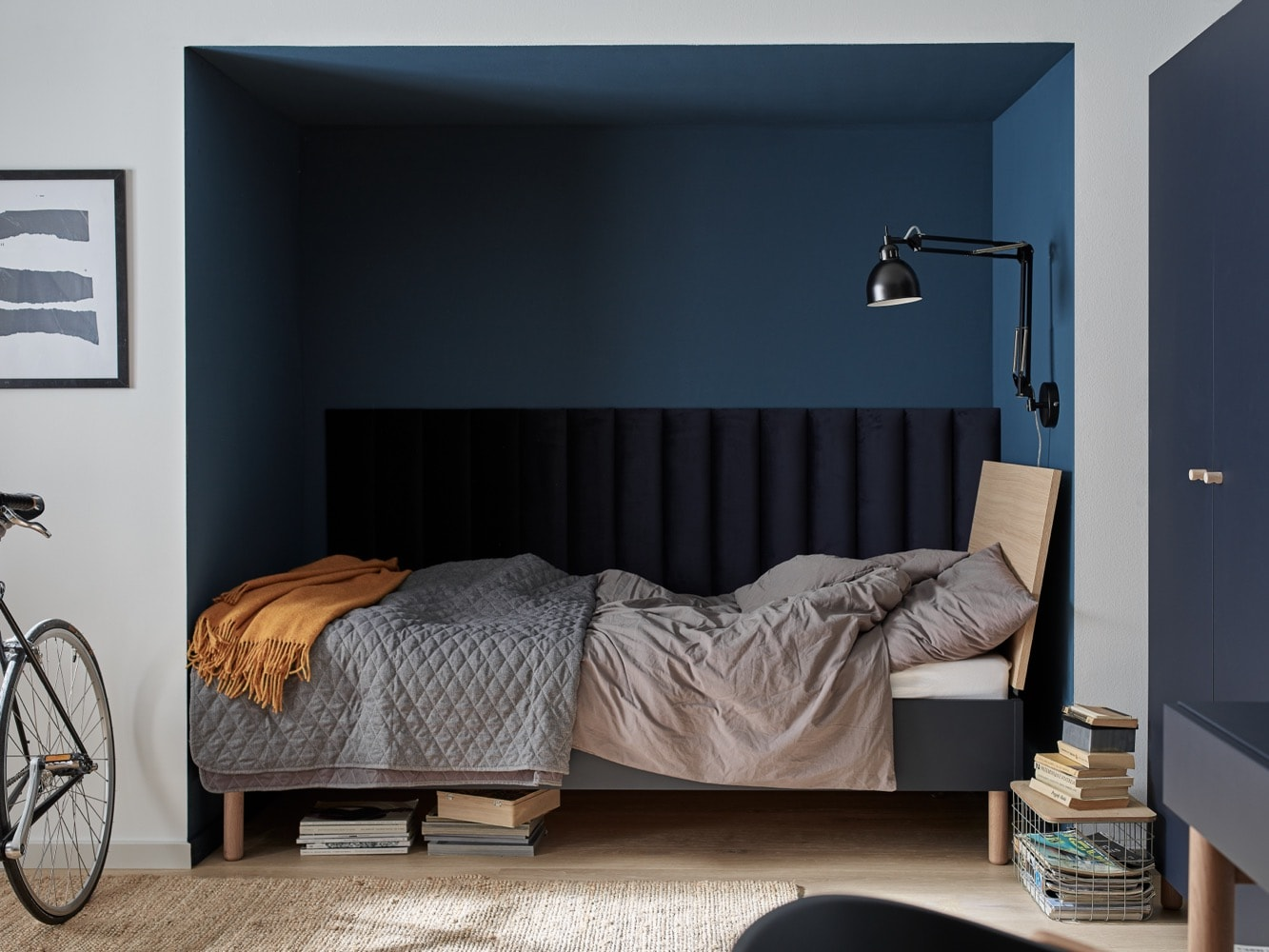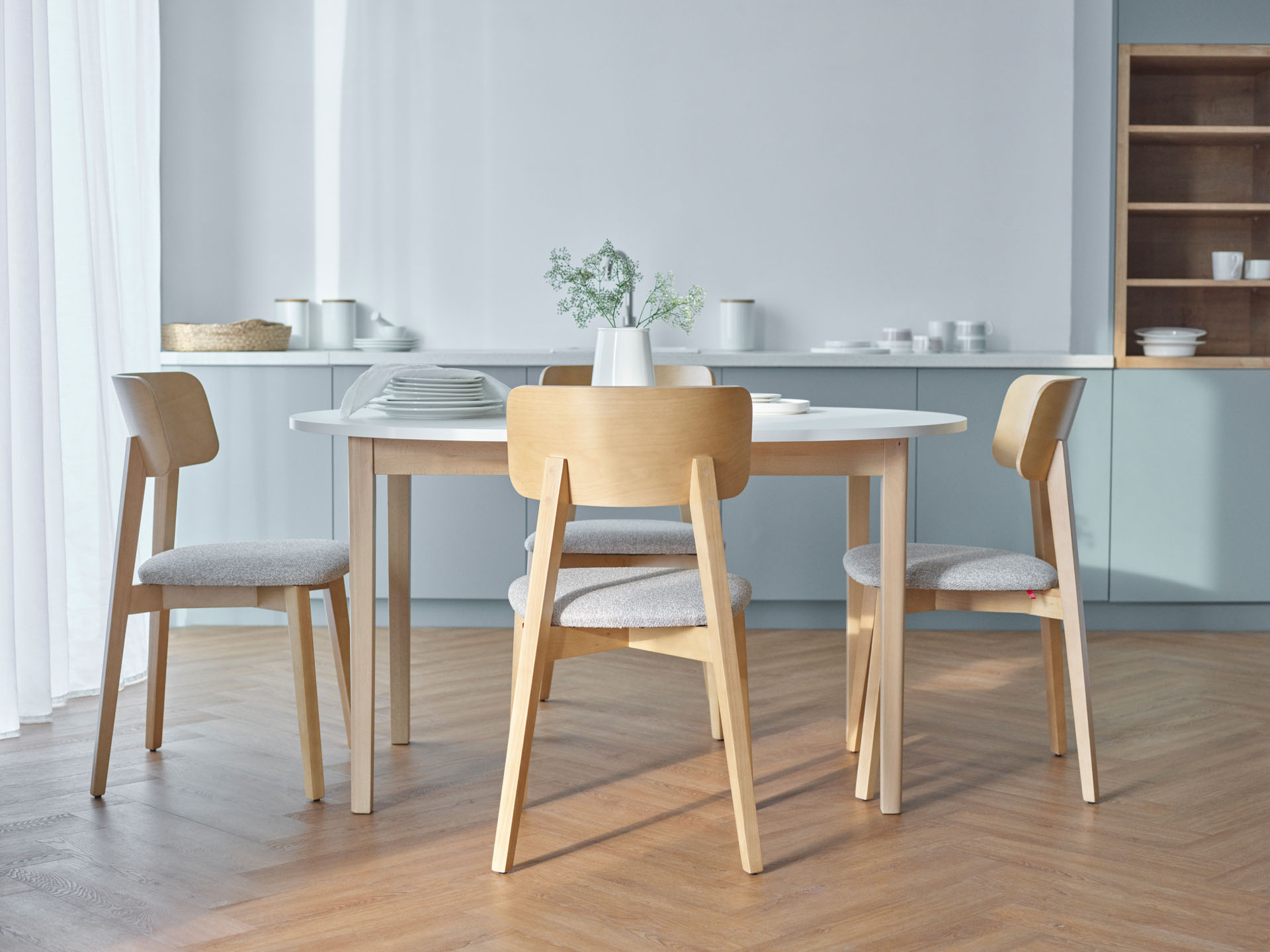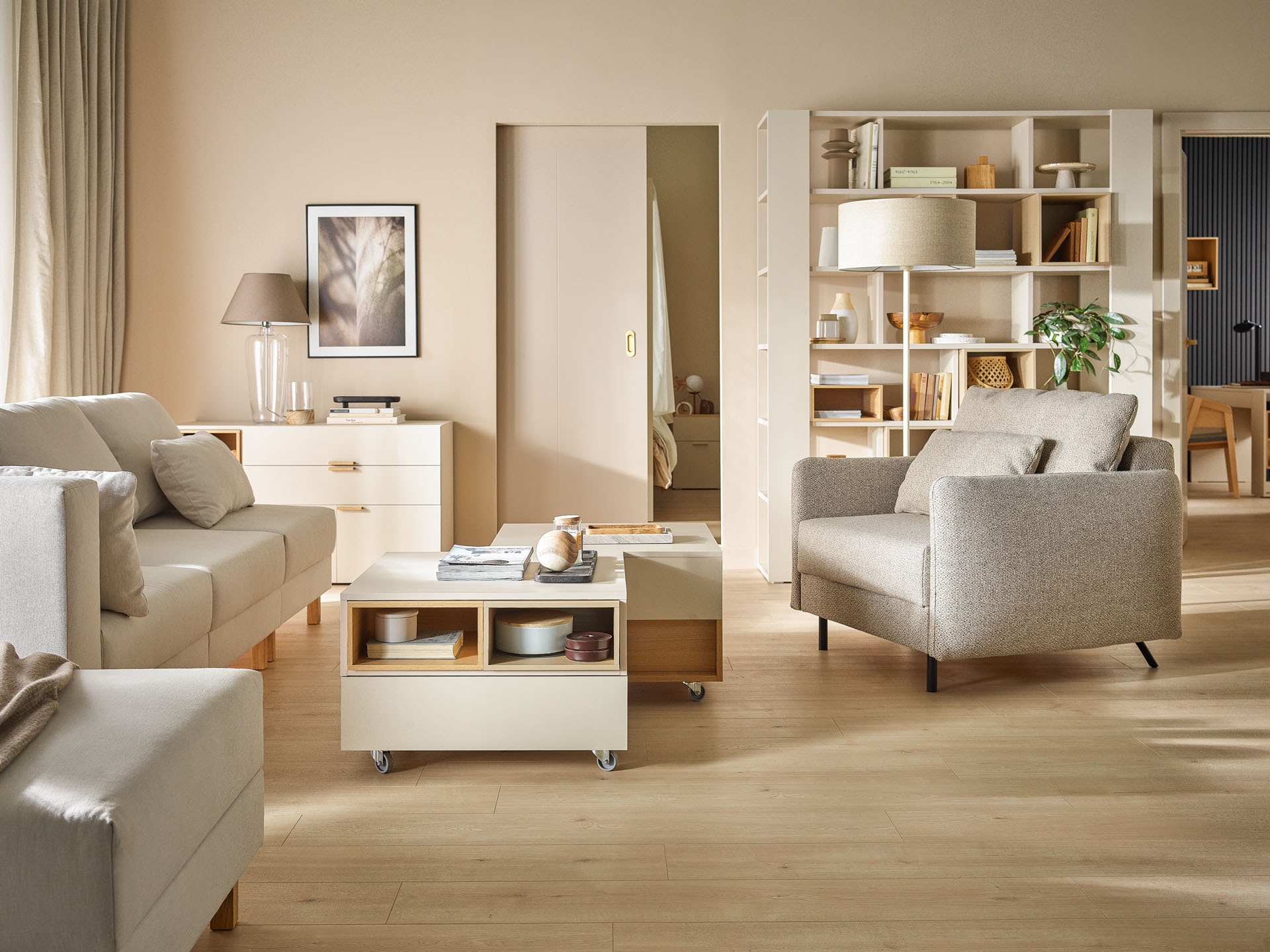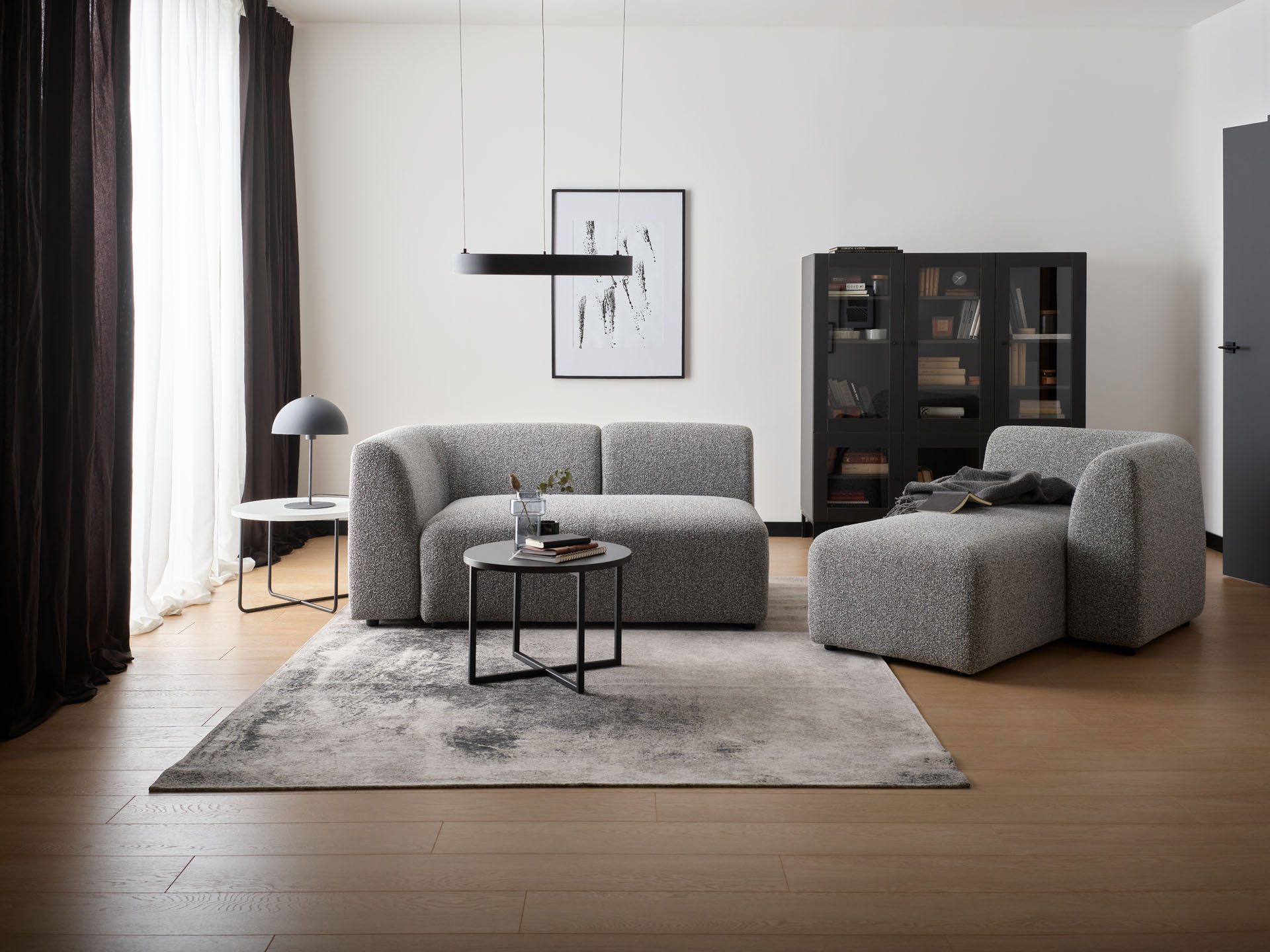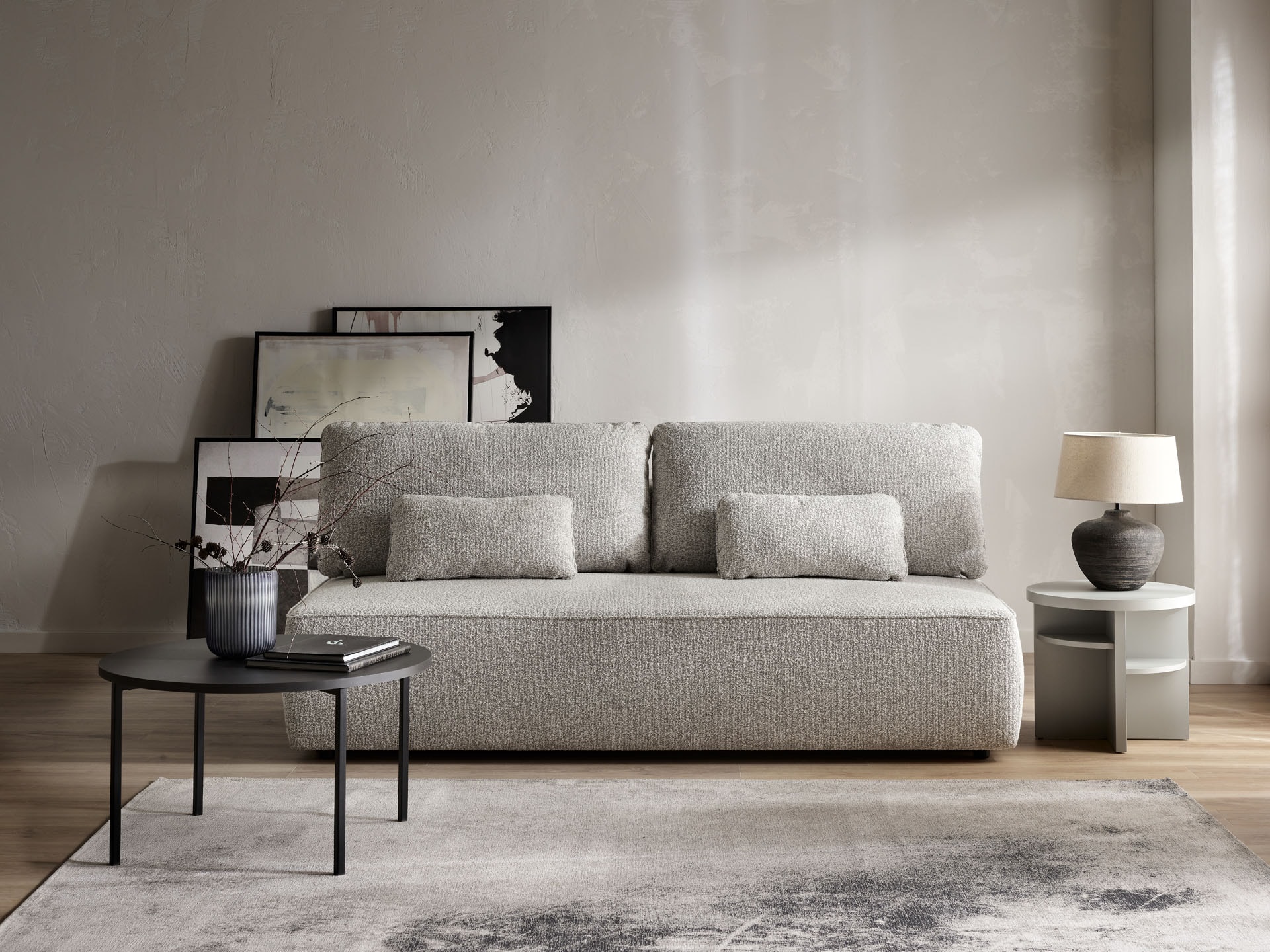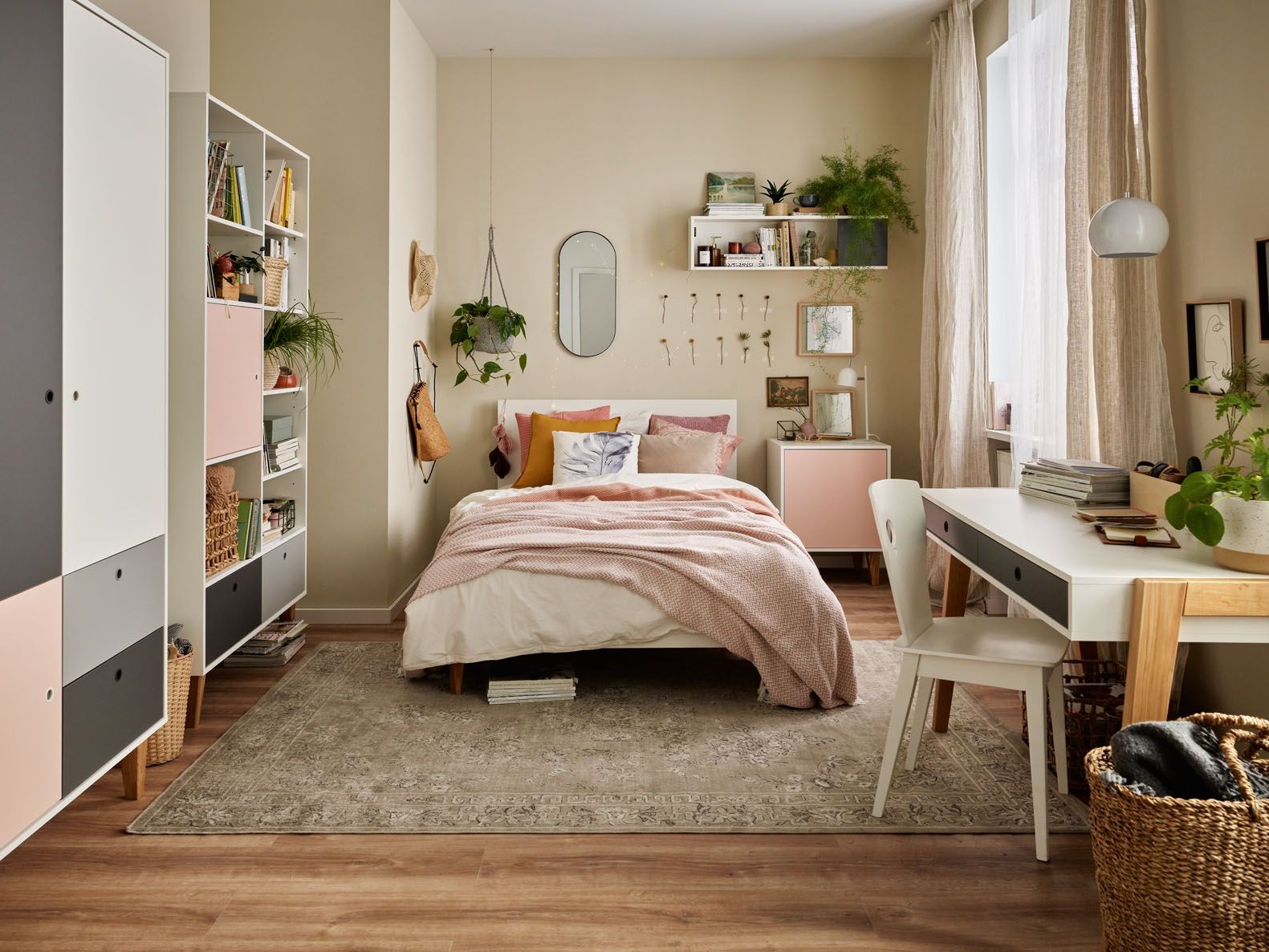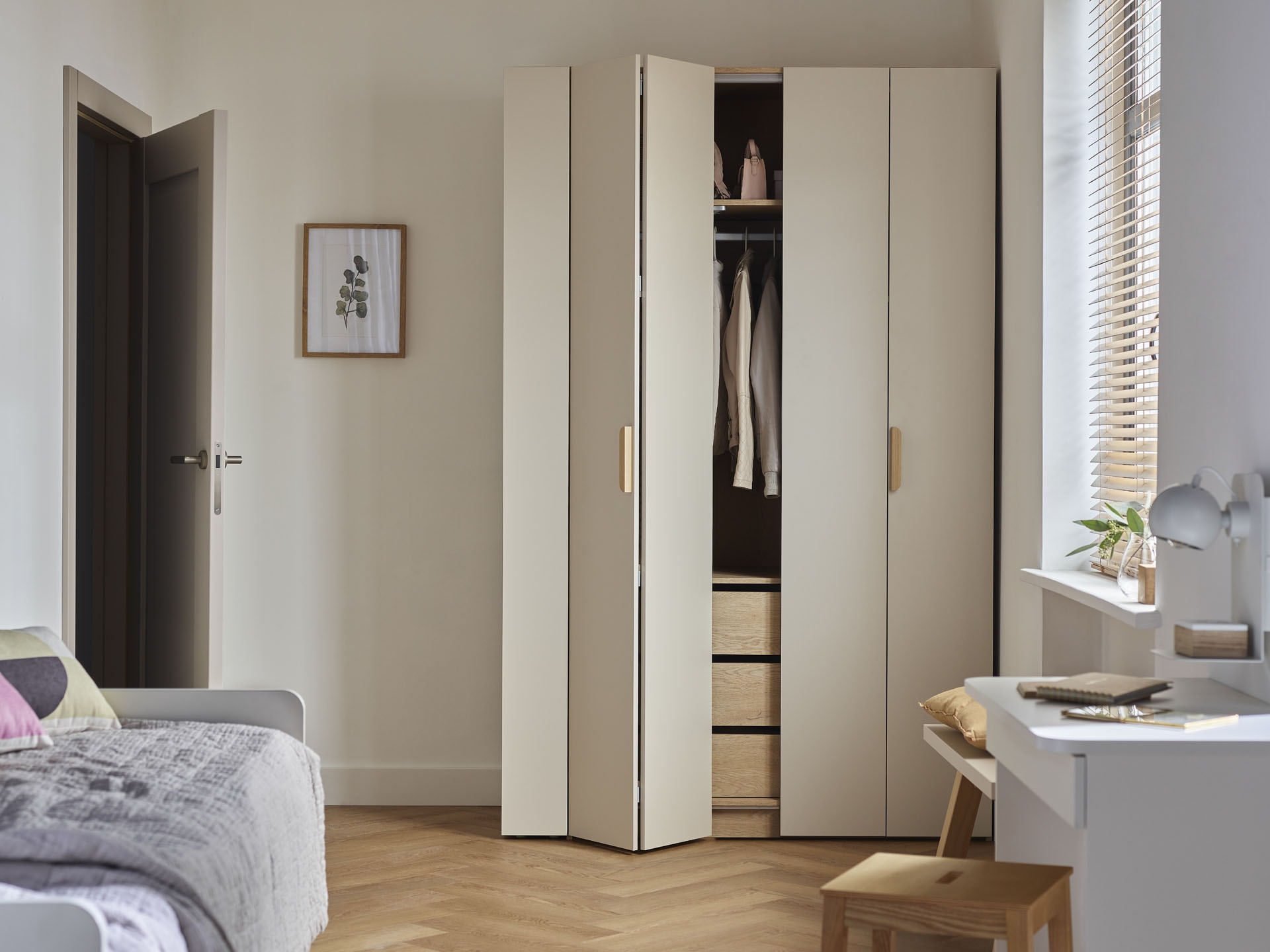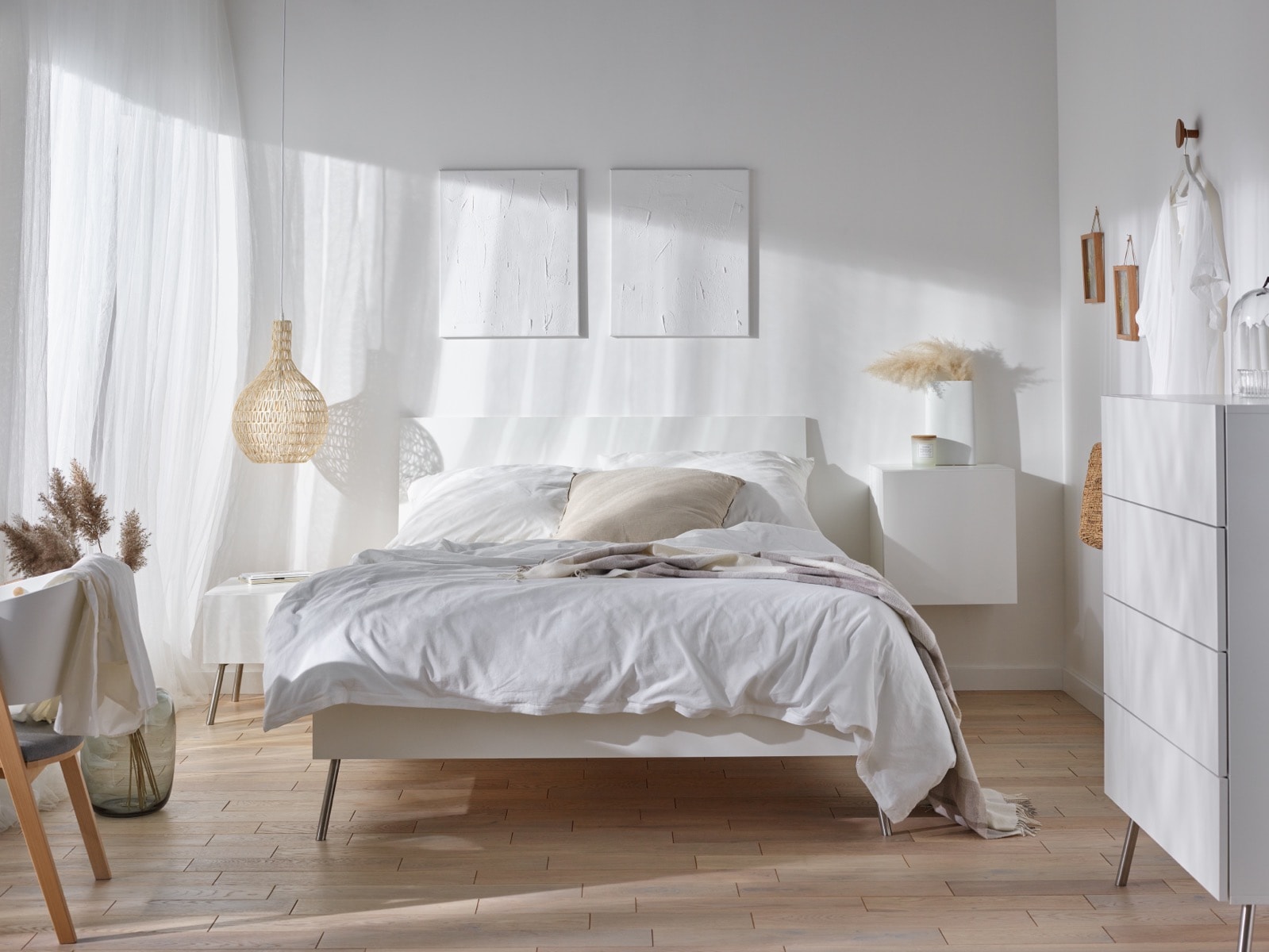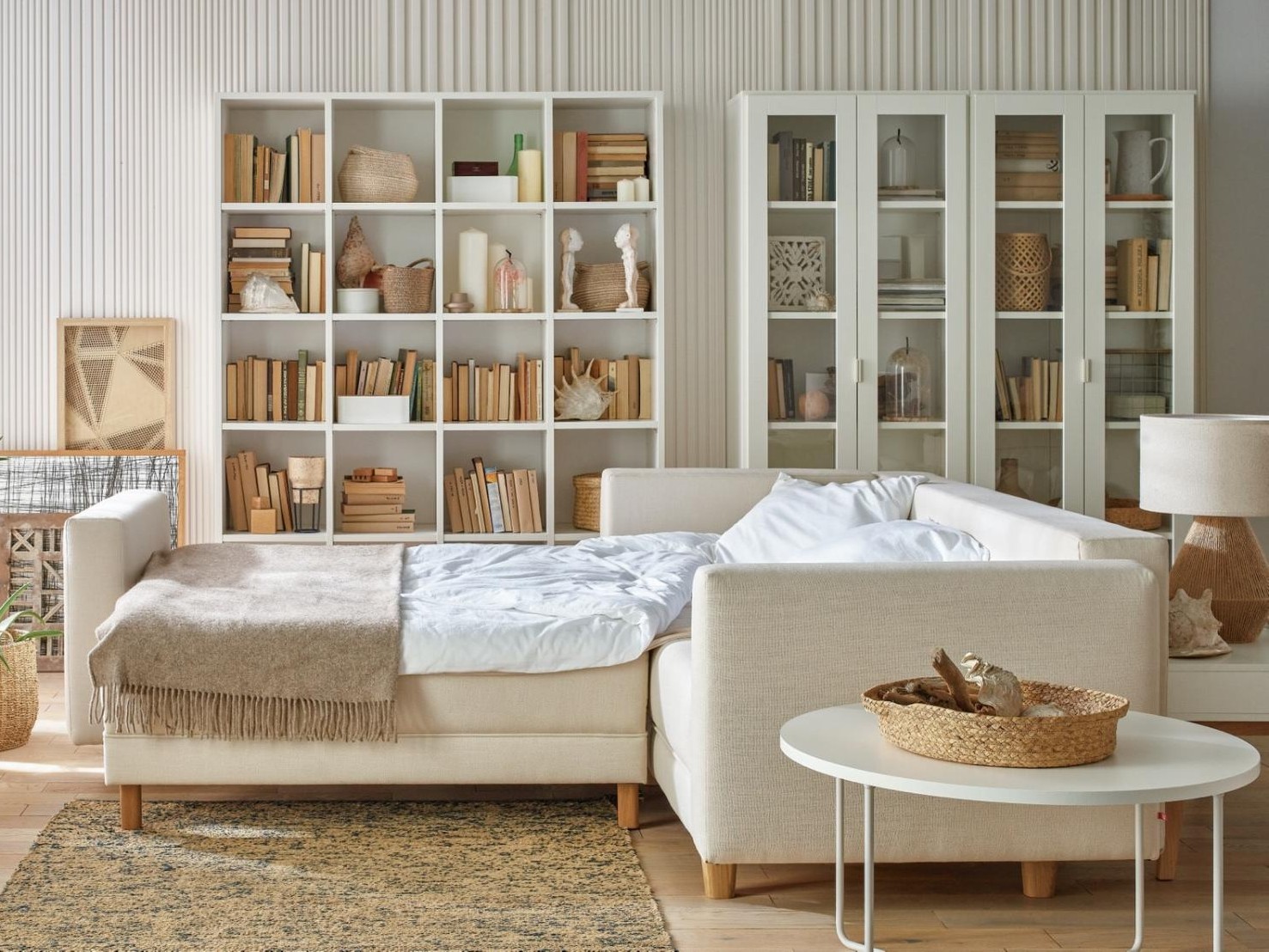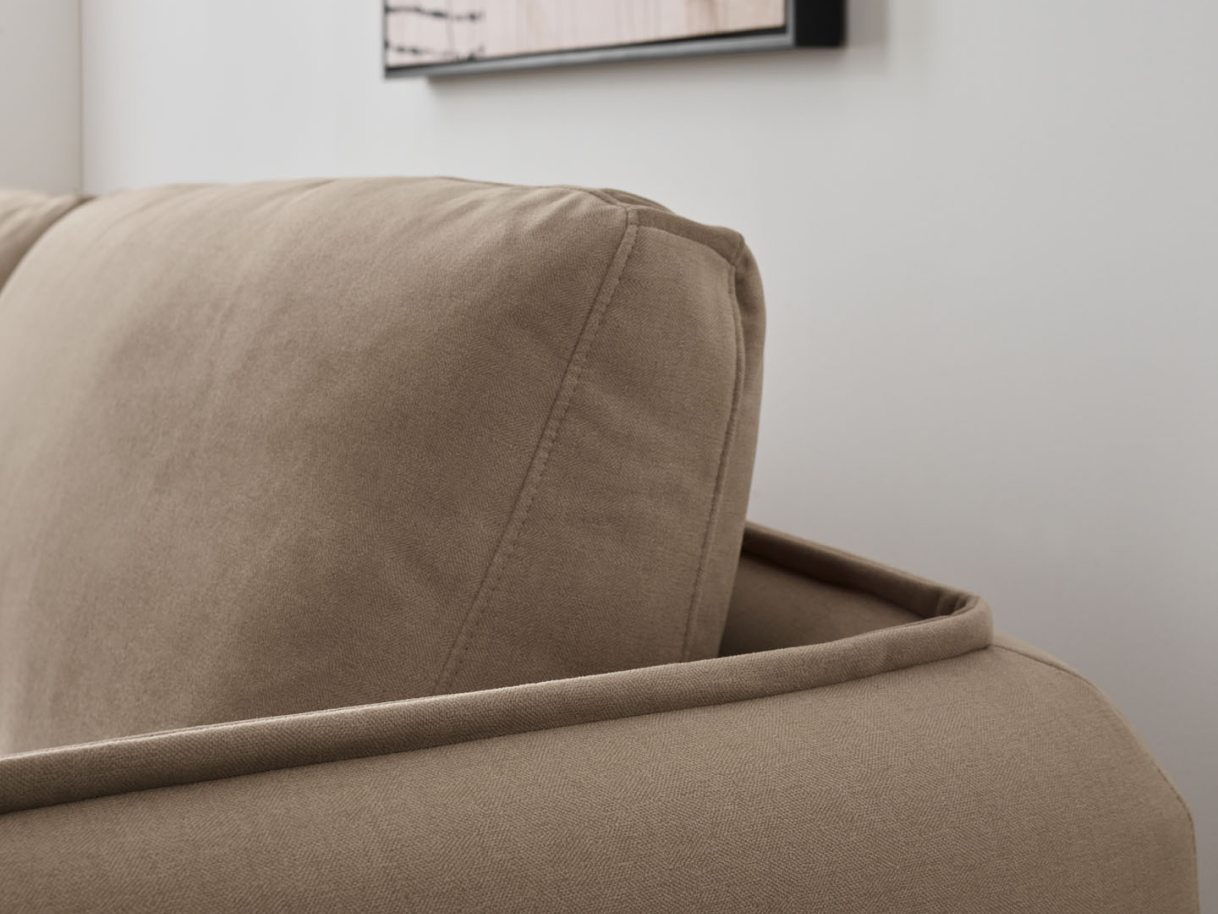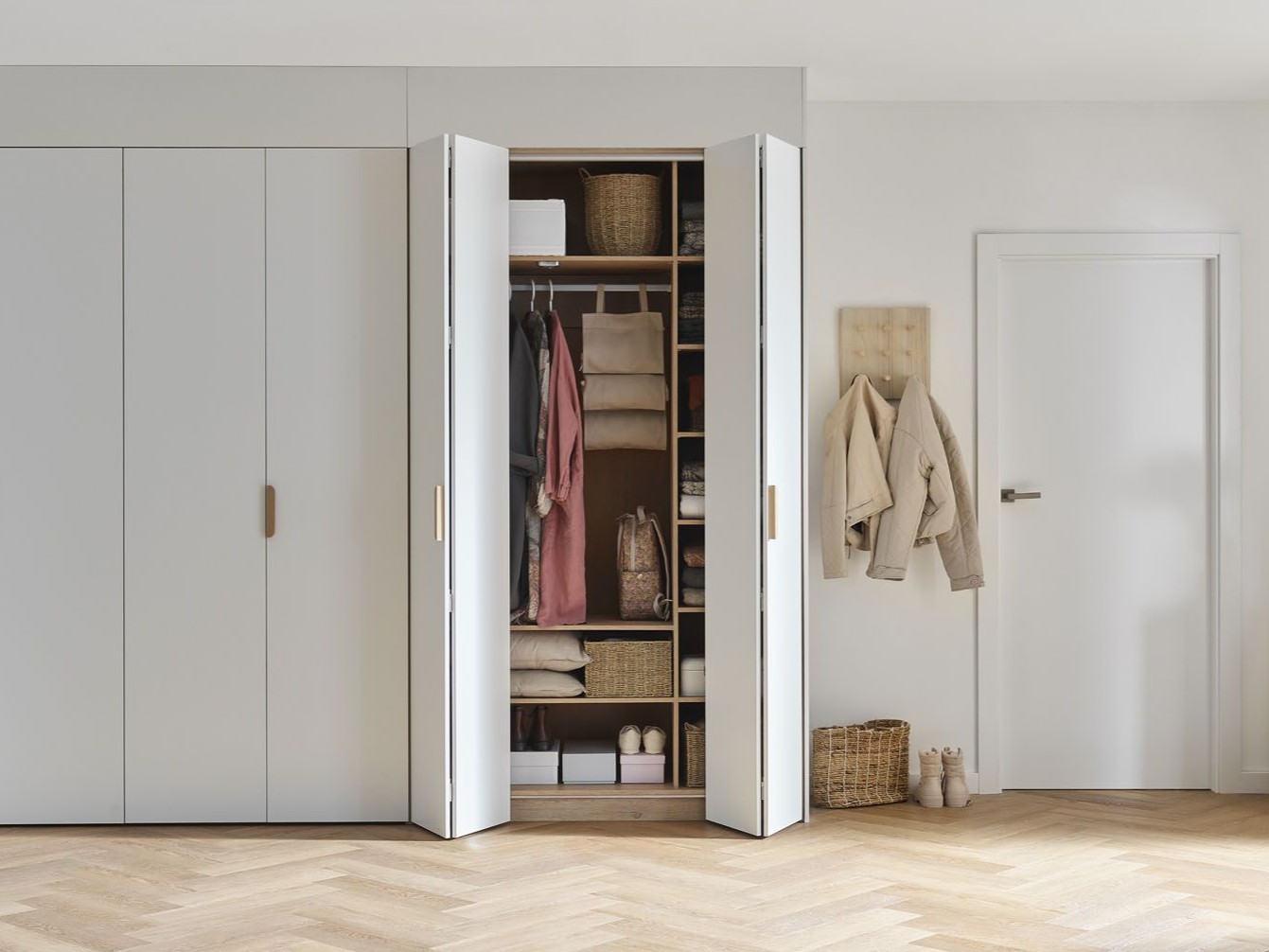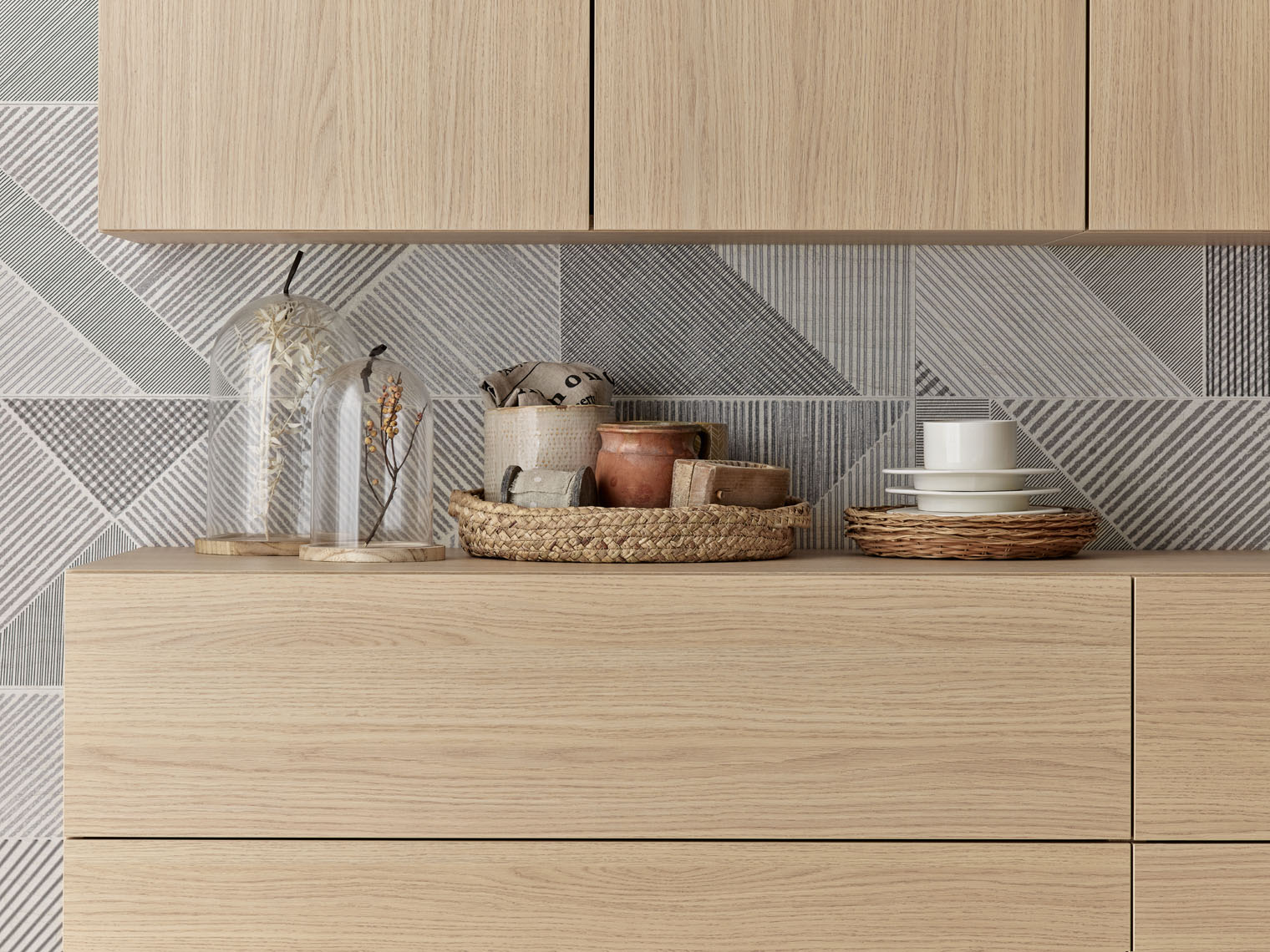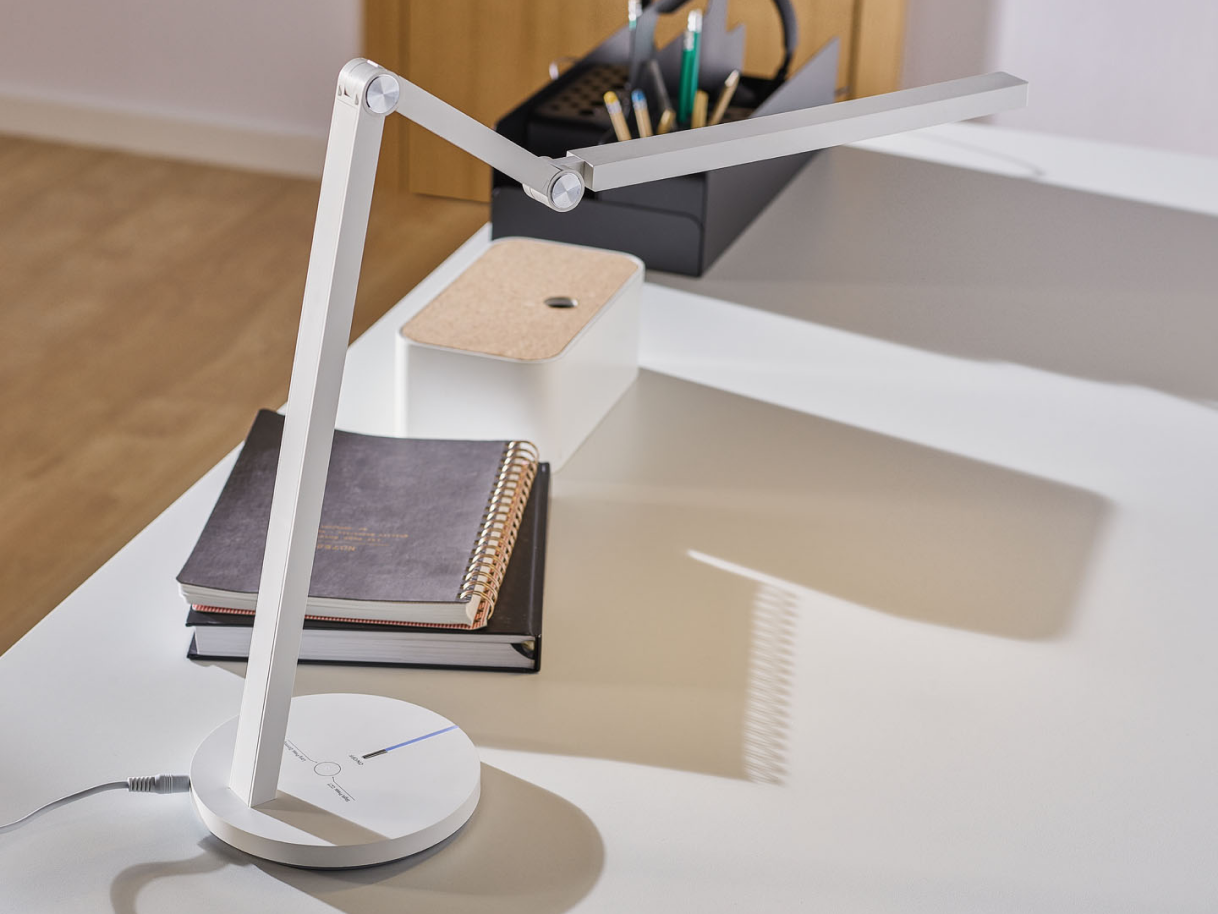Air-purifying plants natural green filters for every interior
Juicy greenery in the home not only decorates the interior, but also has a positive effect on the microclimate inside. Plants purify the air of toxic substances and introduce an invigorating freshness.
Nowadays, we pay more and more attention to ecology, we promote the zero waste trend and we condemn smog, often forgetting that dangerous substances are hidden in our homes - there may even be several times more of them than outside!
Fortunately, we don't have to worry about a healthy microclimate in our homes and flats; air-purifying potted plants can help. The right green pets will trap dust, increase the humidity in the air and also help to deal with harmful chemicals hidden in everyday objects or household chemicals.
UNMASK AND NEUTRALISE HOUSEHOLD POLLUTANTS
Our health at home can be threatened by harmful volatile substances, often odourless and invisible. Irritating compounds can be found in cleaning products, glass liquids or air fresheners. These include xylene (found in paints, varnishes and wood preservatives), benzene (an ingredient in insect repellents), trichloroethylene (found in cleaners and adhesives) and formaldehyde (used in household chemicals and cosmetics). All of these substances can adversely affect our health, causing all kinds of discomfort - allergies or headaches.
Potted plants, however, can help us effectively clean the air of these dangerous compounds. Even NASA has looked into their effects, identifying a list of species that help neutralise harmful volatile substances. The list includes ferns, dracaenas, palms, figs, sansevierias, herbaceous plants and gerberas, among others. Which of these will work best as natural, at-home filters?
6 AIR-PURIFYING PLANTS - CHOOSE THE RIGHT ONE FOR YOU!
1. SHOWY FERN
An eye-catcher with its strongly crimped, decorative leaves, which, depending on the species, can cascade and fall freely downwards or climb upwards. Even beginner gardeners can safely inviteferns into their homes, although some varieties can be extremely capricious.
These showy plants like shady places with plenty of diffused light. They do not like direct sunlight, so it is best to prepare a position away from the window. They will look particularly good hanging from the ceiling in warming hanging casings. Find a place for them that is easily accessible so that you can water and spray them regularly.
Ferns are among the plants that have the best effect on the microclimate of a room. They help to maintain the right level of humidity, absorb and neutralise harmful formaldehyde and xylene derivatives.
2. EXOTIC DRACAENA
Belonging to the asparagus family, the fringed dracaena will delight us with its spreading habit. This air-purifying plant has a high filtering capacity: it effectively neutralises benzene, formaldehyde, toluene and trichloroethylene, among others. Its elongated, lanceolate leaves form a striking plume and like diffused light - under its influence they take on an intense, deep colour.
Dracaena is not demanding in cultivation. It prefers a bright exposure, likes a permeable substrate and moderate watering. When choosing it for your home, it is a good idea to fertilise the soil with phosphorus and potassium from time to time. The plant will thank you with new growth. Dracaena looks great in narrow pots with subtly decorated potholders.
3. UNDEMANDING HERBACEOUS PLANT
One of the most popular pot plants, it captivates with its characteristic oblong and pointed green leaves with a cream stripe. It is also effective in removing electromagnetic radiation from the air, neutralising xylene derivatives and formaldehyde, and absorbing carbon monoxide (black carbon).
Zielistka will be particularly suitable as a natural filter for busy people who do not have time for extra care. It looks good in both a shady spot and a bright exposure, although intense sunlight definitely does not do it any good. It is drought tolerant, but also likes soft water sprinkling on the leaves.
4. PATTERNED SANSEVIERIA
The tropical sansevieria, a succulent with soaring, water-storing leaves that are green-gold in colour, will also help to purify the air. It is an extremely easy-to-grow plant that is often referred to as 'iron' because of its hardiness.
Sansewieria tolerates drought well and should not be watered too often - once every fortnight is sufficient in summer and even once a month in the winter months. The patterned sansevieria is not only eye-catching with its striking colouration, but also cleans the air of harmful benzene and formaldehyde compounds.
5. DECORATIVE IVY
Known since antiquity, climbing ivy is easy to grow and also extremely striking. It has a positive effect on the microclimate of the room - the plant purifies the air by neutralising formaldehyde, xylene, toluene, benzene and trichloroethylene compounds.
Ivy is characterised by rapid growth. It can grow up to 40 cm in a year! As a result, we can decorate an interior with an extremely striking cascade of fine leaves in a short period of time and quickly realise our own ivy ideas. It is a shade-loving plant that does not like strong sun and prefers moderate watering.
6. EPIPREMNUM GOLDENIS
Epipremnum is another plant that cleans the air of formaldehyde, benzene and carbon monoxide. Like ivy, it allows you to create completely unusual green arrangements: its long vines will climb effortlessly over a variety of surfaces. It likes a lot of sun, so prepare a site for it that is bathed in sunlight for a long part of the day. It is ideal, for example, in a bright attic bedroom.
Epipremnum shoots can grow up to 4 metres. For this to happen, make sure it is watered regularly - the best way is to check the moisture level with your finger and moisten the soil as soon as it dries slightly.

